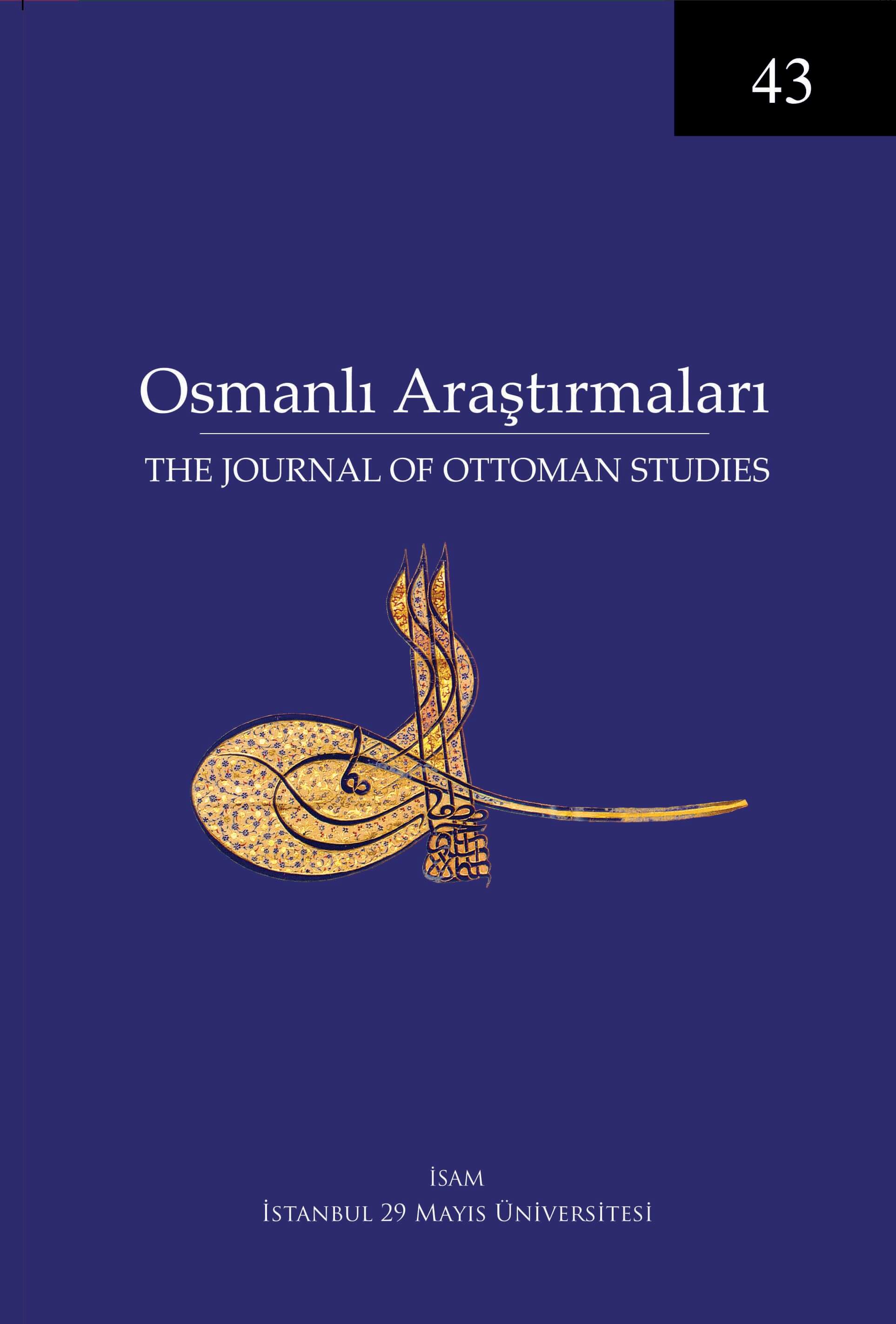Anadolu’da İslâmiyet: Gaziler Çağında (XII.-XIV. Asırlar) Türkmen İslâm Yorumunun Sünnî-Alevî Niteliği Üzerine Bazı Değerlendirmeler
Anahtar Kelimeler:
Sünni- Alevi- Türkmen İslâmı- Gazi- Ahî- AbdaÖz
XVI. asır başlarından itibaren Osmanlı coğrafyasında belirgin Alevî93 öğeler içeren tasavvuf akımlarının ortaya çıktığı bilinmektedir. Bu akımlar içinde şüphesiz Safevî şahları (şeyhleri) liderliğinde gelişen Kızılbaşlık ve Hacı Bektaş Veli ismi etra- fında oluşan Bektaşîlik başta gelmektedir. Rufaîlik, Kadirîlik ve Halvetîlik gibi Alevî meşrep tarikatler de belirli açılardan bu guruba dâhil edilebilir. Ne var ki Osmanlı resmi ideolojisi ile ilişki bakımından Kızılbaşlık ve Bektaşîlik daima farklı bir yerde durmuş ve zamanla Osmanlı dünyasında Alevî inanç unsurlarının esas barınağı ha- line gelmiştir. Gerek Kızılbaşlığın gerekse Bektaşîliğin sosyo-kültürel, siyasî ve hatta dinsel kökenlerinin Anadolu Selçukluları dönemine kadar götürülmesi mümkündür. Ancak bu geleneklerin Alevî karakterlerinin ne kadar geriye götürülebileceği husu- su halen tartışmalıdır. Bu konuda iki görüş ortaya çıkmıştır. Yaygın kanı Alevî/Şiî motiflerin söz konusu tasavvuf zümreleri arasında yaygınlaşmasının Safevî etkisiyle XV. asır sonlarında ve XVI. asır başlarında gerçekleştiği yönündedir. Bununla beraber, Anadolu’da Alevî fikir ve itikatların gelişmesini Anadolu Selçukluları dönemi- ne kadar götüren bir başka görüş de mevcuttur. Bu çalışma, XV. yüzyıl öncesinde Anadolu’da Alevî/Şiî görüşlerinin mevcut olup olmadığı, mevcutsa bunların hangi çerçevede ele alınması ve nasıl değerlendirilmesi gerektiği hususlarını tekrar gözden geçirmeyi amaçlamaktadır.




